Lake Baikal.
The world’s oldest lake. The world’s deepest lake. Located in Russia’s Far East, the locals call it the “Pearl of Siberia.” It extends like an enormous deep crescent-shaped cut in the Earth’s crust and holds the greatest amount of fresh water in the world – 23,000 cubic kilometers, to be exact. It contains 20% of all the fresh water on our planet.
Its age is estimated at 25 to 30 million years, making it the most ancient lake in geological history.
The lake is home to over 1,700 species of animals and plants, more than 80% of which are completely endemic to the lake – they can be found nowhere else in the world. The Baikal Seal, perfectly fat and entirely adorable, is an example of this phenomenon. It still remains a mystery how the seals originally came to the lake, literally hundreds of kilometers from any ocean.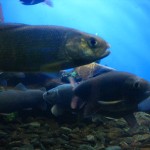
The lake is also home  to more than 50 different fish species, half of which are native to Baikal. Among them is the Omul, a smallish endemic salmonid. If you recall from my conversation with Sausage Smuggler, this fish emits a shrill cry when caught. That’s terrifying. Apparently they’re a Lake Baikal Specialty, and obviously the chances of eating it anywhere else in the world are pretty slim – so of course I ate one for dinner.
to more than 50 different fish species, half of which are native to Baikal. Among them is the Omul, a smallish endemic salmonid. If you recall from my conversation with Sausage Smuggler, this fish emits a shrill cry when caught. That’s terrifying. Apparently they’re a Lake Baikal Specialty, and obviously the chances of eating it anywhere else in the world are pretty slim – so of course I ate one for dinner.
White fish, delicious fish. Expensive fish, Worth it.
You want to know something fascinating? This lake is so big that it could supply the entire world with fresh water for half a century. Yeah.
Lake Baikal (along with Mongolia, in my opinion) is one of the must-see stops on any Transsiberian trip. It is totally unique and geographically in a position which makes it rarely visited unless you travel on the Transsiberian and take the time to stop.
“The water is so transparent that you can throw a white disk of 20 cm in diameter into Baikal and it can be seen down to a depth of 40 meters. During the winter, the ice can be up to 10 meter thick, still transparent.” 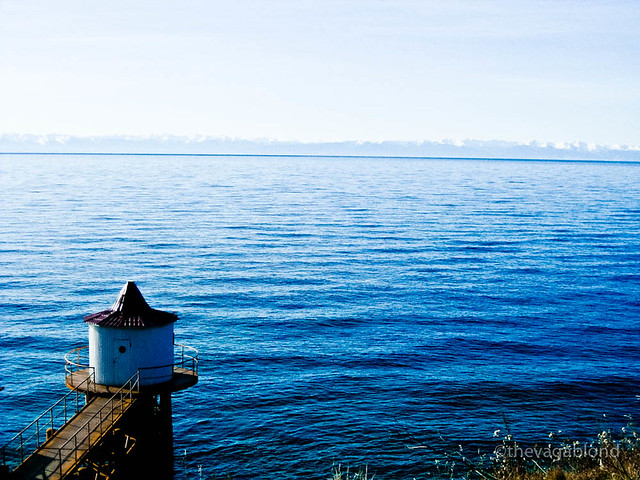 – Monkey Business, 2011
– Monkey Business, 2011
“At times during winter freezes, the lake could be crossed on foot — though at risk of frostbite and deadly hypothermia from the cold wind moving unobstructed across flat expanses of ice.”
At 636 kilometers long (that’s the same distance between Moscow and St. Petersburg!) and 79 kilometers wide, Lake Baikal has the largest surface area of any freshwater lake and is located in the deepest continental rift on Earth.
Can you see the section of railway that snakes around the southern end of the Lake? As you might imagine, that was one of the most picturesque parts of our journey (unfortunately it was the middle of the night as we entered this stretch, so we couldn’t see much, but this part of the Transsiberian includes some 200 bridges and 33 tunnels).
To get an idea of the enormity of this place, find Irkutsk on the map above (look bottom left, just above the tip of the crescent shape). See it? Now follow the Angara River to where it meets the lake. That’s where we were staying, in a small village stretching for 5 kilometers along the shore – a town known as Listvyanka. Now, we arrived in Listvyanka just in time to see the sun peak over the distant mountain ridges on the other side of the lake. Can you see them?
All the way in the distance? That represents the other side of one of the most narrow parts of the lake. Incredible, yes? This is why, for all intensive purposes, Lake Baikal may as well be the world’s only fresh water “ocean”. :)
I’ve never seen anything so spectacular in my life.
The only thing possibly more spectacular than the lake itself are its inhabitants – one in particular, who I mentioned earlier – the fat seal! They exist nowhere else on the planet, and are completely unique to the lake. They are hilarious. They remind me of George Castanza. Yes, they do. They have beady eyes in tiny squishy faces and bodies that are rotund and blubbery. I bet they’d probably wear glasses too if they could. ;)
We found the seals swimming around the Baikal Limnological Museum (The Baikal Museum) – only a short walk from where we were staying – it’s located at the beginning of Listvyanka village, costs only a few Roubles, and is totally worth visiting if you’re in the area!
Oh, and did you see the part where Hella and I dove into the lake? We did that because we’re greedy, and we want 25 extra years of life. I’ll explain in my next post. ;)
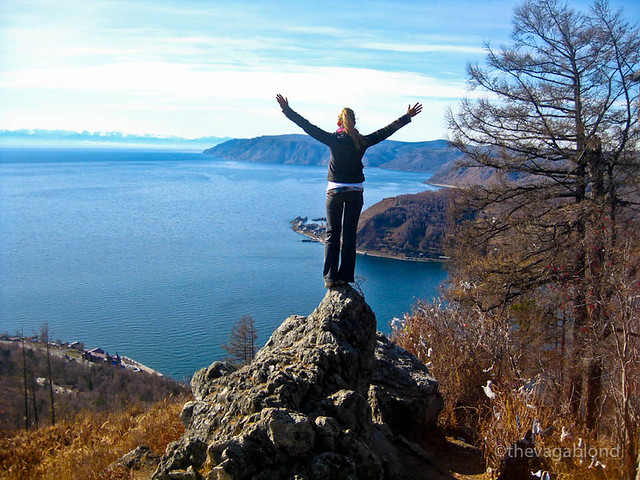
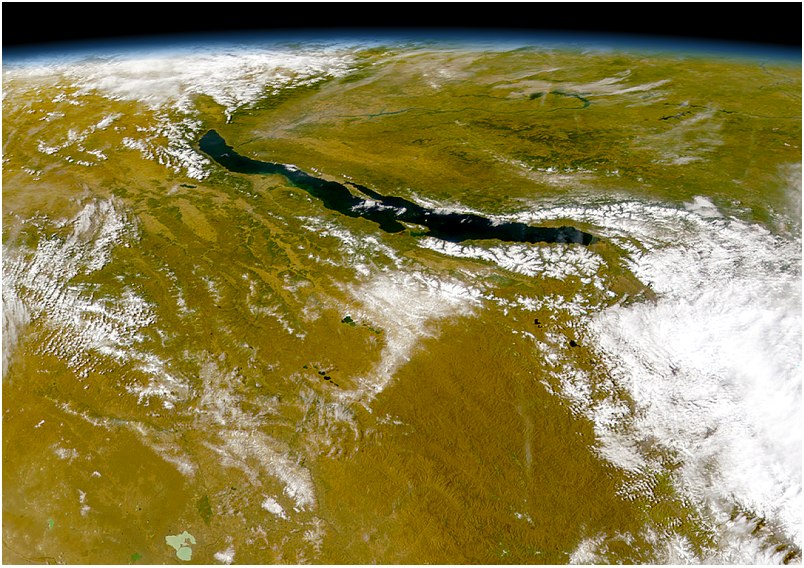
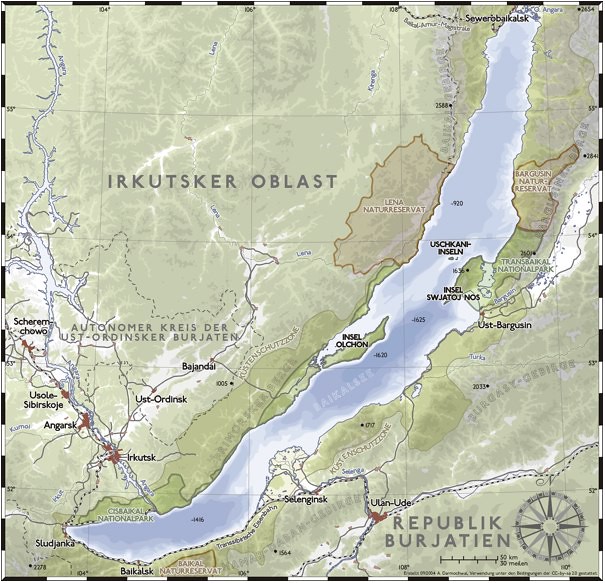
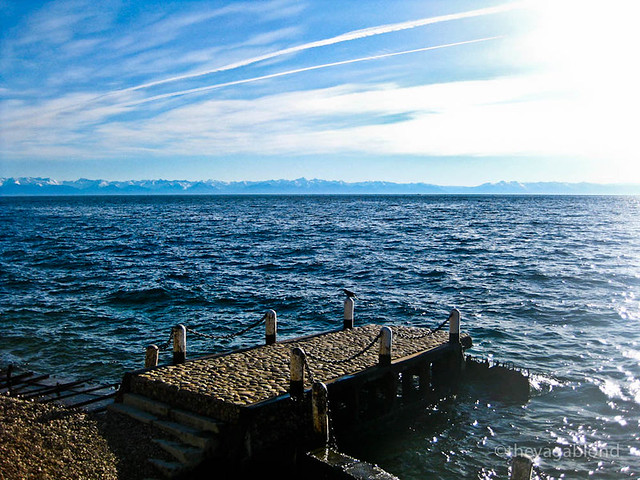

















Fascinating story. I had no idea a lake of such magnitude and uniqueness existed. Definitely unspoiled territory that you were able to visit. Thanks for sharing.
It really is absolutely spectacular! I had no idea how unique and special it was until I got there, either. Thanks for the message!! :)
Looks frighteningly chilly but beautiful.
Btw. you’re on a roll :) Two posts in two days? I need to stop reading your blog though. The list of places to visit keeps growing and it was huge to begin with.
Haha, don’t stop reading; I’m just getting started! ;) Thanks for the comments :)
Yeah, what’s going on?! You’re making me feel positively lazy with the rate of your posts these days? I’m seriously behind on my South American posts… I think you just gave me the kick up the bum I need!
Looks like an amazing place, and those seals… like little submerged party sausages! :P
Masey recently posted… Move. Eat. Learn.
I figured I’m so far behind in my Transsiberian posts that I really need to kick it up a knotch! Especially since I’m leaving Korea soon and don’t know where my next travels will take me, and I’d like to be up-to date by then! ;) Glad it gave you a kick in the butt – perhaps we should have ourselves a little contest – see who can post the most over the next 7 days? ;)
Browsing you blog i found this post with this AWESOME photo ! Where you got that ? Do you have other photos of earth like that – it PRO ! The seals mystery is very interesting as well!
Marlene recently posted… Scholarships for adults
Hey Marlene! I actually googled for that image – it’s a good one, isn’t it!? I love it – shows how incredible the lake really looks from space! :) Thanks for the comment!
:) Thanks for the comment! Yeah, what’s going on?! Fascinating story. Definitely unspoiled territory that you were able to visit.